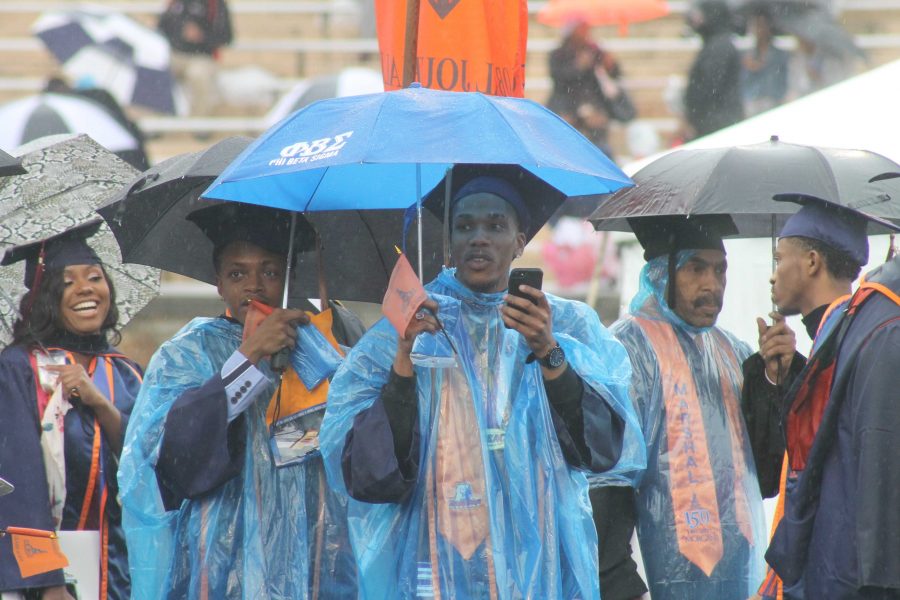During the fall 2016 semester at Morgan State University, the internet’s changes in policy, network upgrades and complete overhaul has raised some level of concern.
Students will notice in certain buildings on campus that upgrades are complete and useable for students. For recent years, the campus internet network was “MSU-Wireless” and now in most buildings on campus it is “MSU-Secure”.
To know what buildings are upgraded, there is signage that differentiate the older network for a building and if a newer network is “NGN”, next generation network, certified.
The Acceptable Use of Technology Resources Standard Draft, which can be found on Morgan’s webpage, lists the newer policies that the Morgan community may not be aware of.
Some of those policies include the prohibition of “Disseminating defamatory, discriminatory, fraudulent, abusive, threatening, harassing, pornographic, obscene or otherwise offensive material, messages, or media and downloading, accessing, using, or distributing any communications, data, information, or media which violate State or Federal laws, such as copyright protected movies, music, software, or art.”
Compared to other local universities in the area, such as Towson University, both have similar guidelines for internet usage which can be found respectively on each university’s website.
“We do not block adult sites; we will block sites known to have malware, viruses or other malicious software,” said Gay Pinder, the director of media Relations for Towson. “We do block peer-to-peer downloading sites which addresses the illegal downloading of music.”
Updates are also currently being done to improve overall usages and network speeds.
The Morgan community is informed of when scheduled upgrades at the various locations through emails sent by university administrators. The outages may be inconvenient as many of them occur during normal study hours.
“Our goal in upgrading the network was not to inconvenience the student,” said Next Generation Network project manager Gilbert Morgan. “We as an institution desire not to inconvenience our students, but we recognize that we also have to make improvements.”
The work was originally scheduled to occur during the summer of 2016.
“We attempted to do them during the summer time, when a majority of students are not here,” said Morgan. “The university contracted with vendor to do the upgrade and those are normally done in normal business hours.
The announcements of upcoming outages provide the allotted time allowed for physical upgrades, however it may not actually take that long to upgrade. For example, the allotted time to upgrade the system in the Clarence M. Mitchell, Jr building and the William Donald Schaefer building (Engineering) was from 8 a.m. to 6 p.m. but, Morgan said, “the building was finished by noon.”
According to Morgan, the deadline to complete all of the campus wide upgrades in every building is between the end of this year and the middle of January 2017, therefore students should not have to worry about the outages during the spring semester of 2017 and beyond.


